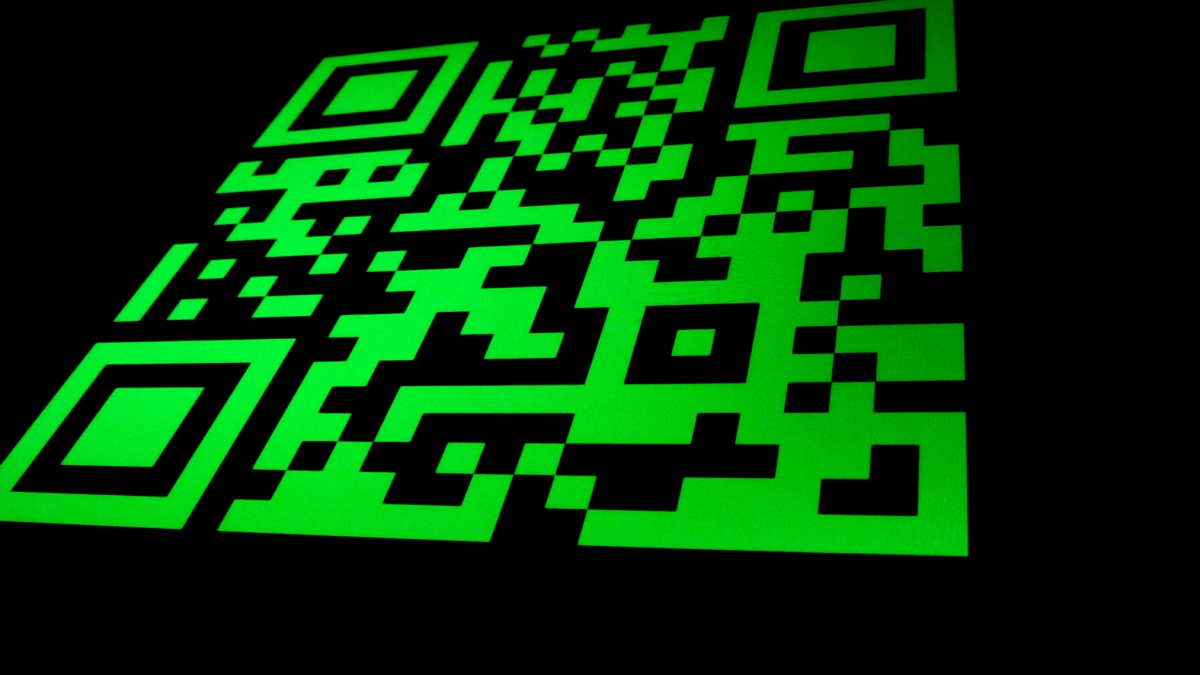
The seemingly simple QR code has proven indispensable in the pandemic. Restaurants have been the most ardent adopters of this technology.
QR or Quick Response codes have been the savior for all businesses that depend on customers walking into their establishments. Several of the diners and restaurants have indicated they will continue using QR codes even after the health crisis becomes a distant memory.
QR Codes facilitated the best “touchless service” and dining experience:
The QR Code has always been a standard in the manufacturing and logistics industry. The tiny square filled with illegible markings is an indispensable communication bridge between the physical and digital world.
While humans cannot read QR Codes, simple cameras can capture the same, and smartphones can further translate the code.
Take a look at this pic, a future @tacobell that is in the development stage.
Restaurants where you order via the QR code on the menu..
Things are going to change quite considerably at breakneck speed going forward.
Inflation vs. Wages by @awealthofcs https://t.co/Nx30KVDede
— ThaDoubleB
(@ThaDoubleB) August 21, 2021
For quite some time, QR Codes were visible only in the tech and logistics industry. However, the pandemic has caused a massive increase in the technology’s adoption.
Restaurants and other establishments that needed customers to visit their establishment were one of the worst affected by the pandemic. However, as the restrictions ease, eateries have to place their customers in accordance with the social distancing norms.
Restaurants and diners are the biggest adopters of the QR Code owing to its numerous benefits:
To minimize transmission, several restaurant owners have replaced traditional printed menus with QR codes. The link shortening service Bitly claims there has been a 750 percent increase in the number of QR code downloads since the start of the pandemic.
Bitly President Raleigh Harbour revealed why restaurants are one of the biggest adopters of the technology: “They’re able to adjust their menu offerings on the fly to account for elements like inflation, fluctuations in food and commodities prices, and other variables”.
Another busy weekend approaches and we strongly recommend you use our ‘order & pay’ app at busy times. It’s quick, easy to use, you can see our full menu and above all, it’s safer for both you and our staff! Just scan the QR code on your table with your phone camera to order. pic.twitter.com/E0YaRKeHJy
— The Western, Rickmansworth (@TheWesternWD3) August 20, 2021
The humble QR Code has many benefits besides offering a touchless experience. Eateries have dynamic menus now. This means businesses can quickly adjust the prices of food items.
Additionally, a QR Code offers invaluable insights through “data”. Scanning a code usually leads a customer to a website that offers a menu.
Needless to mention, the code welcomes the customer into the digital world, where internet companies harvest and process data. Web-based companies such as OpenTable, SevenRooms are already witnessing a surge in subscribers.
There are so many more reasons to keep QR code menus in restaurants than to go back to paper. The poetry of a printed menu isn’t worth the harm to the environment. https://t.co/Ebbx2Coi5c
— The Restaurant Manifesto (@restofesto) August 19, 2021
Another big advantage of the QR Code is the quick, easy, and digital payment mechanisms that the technology supports. Instead of handing over cash or a credit card, many customers are now comfortably scanning a QR Code to pay for their meal.
Interestingly, several restaurants in the United States of America have factored in their service staff as well. Specifically speaking, the QR code also allows tipping waiters for their service.
Given the several benefits of the QR Codes, and the widespread acceptance by the average American consumer, the restaurant industry has signaled that it will continue using the technology. Simply put, the “Code” is here to stay




